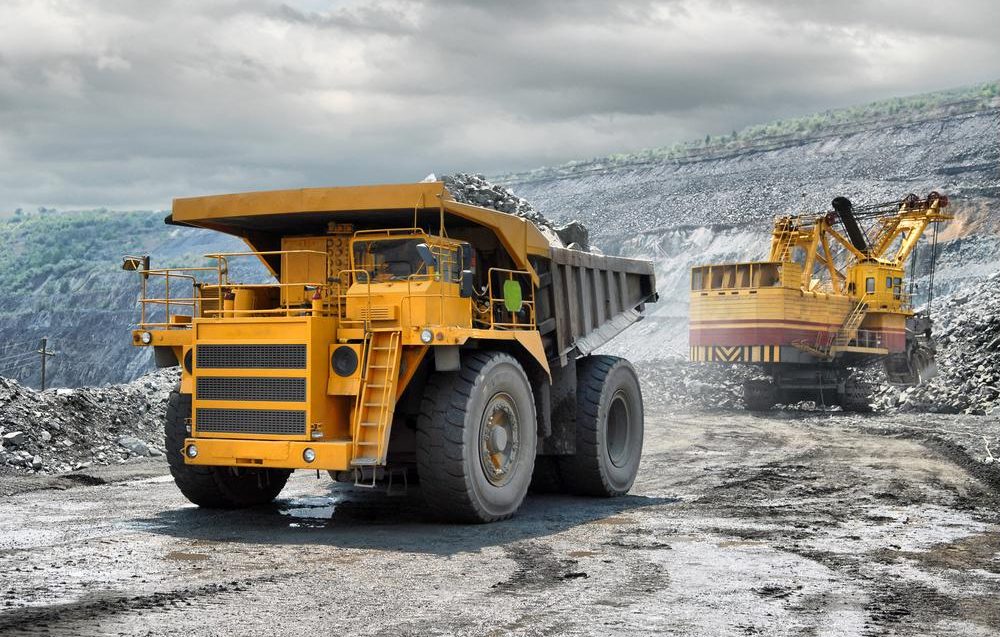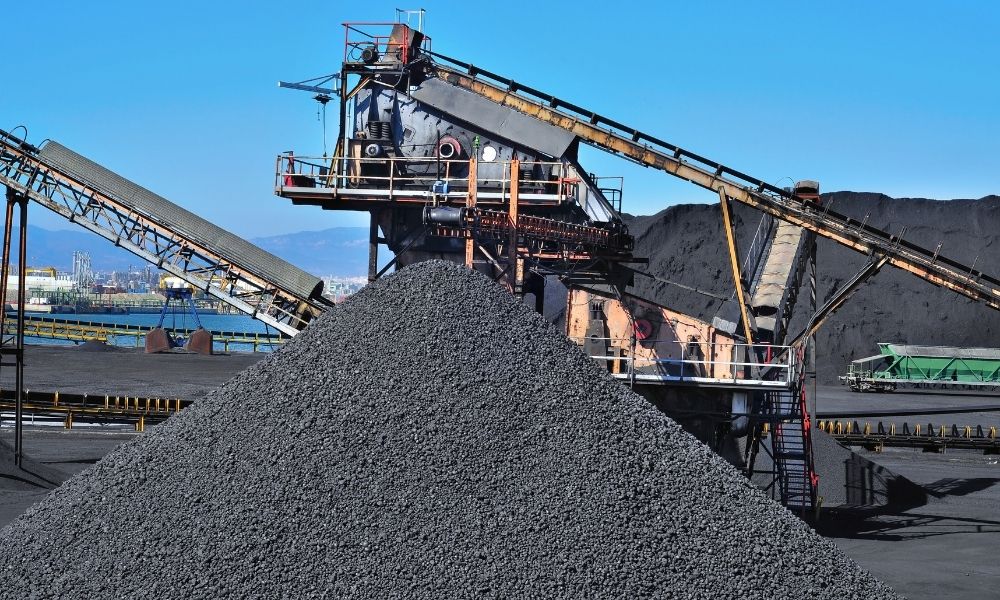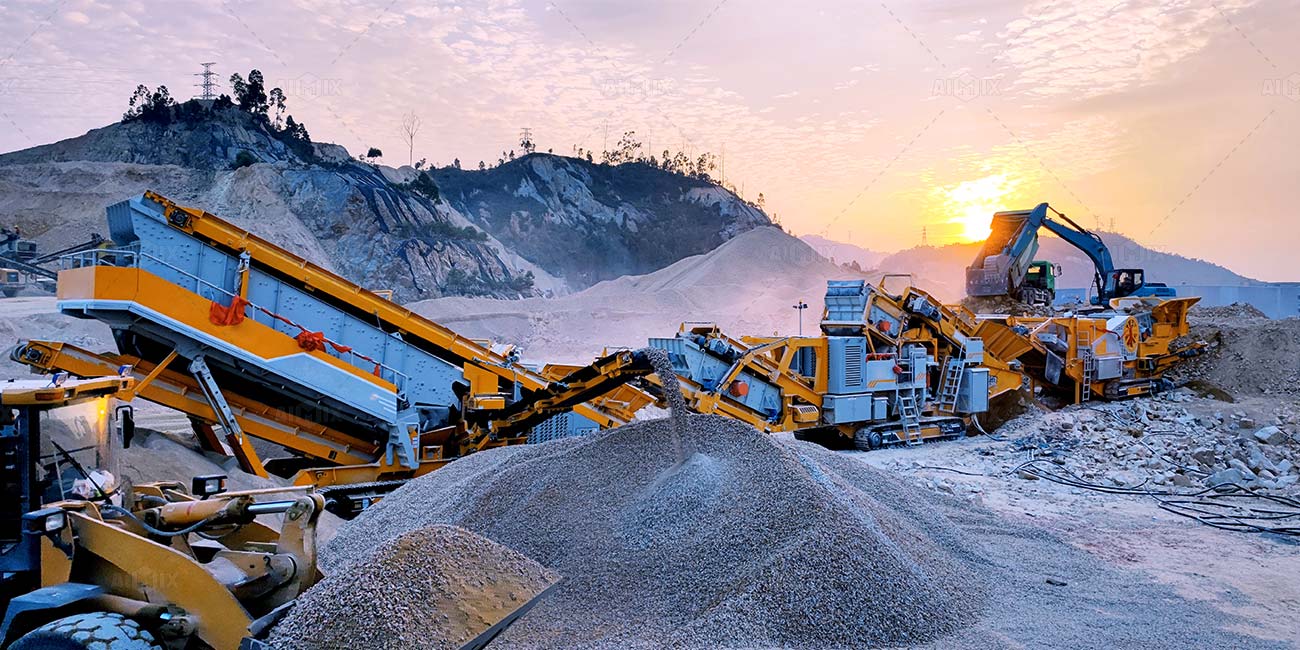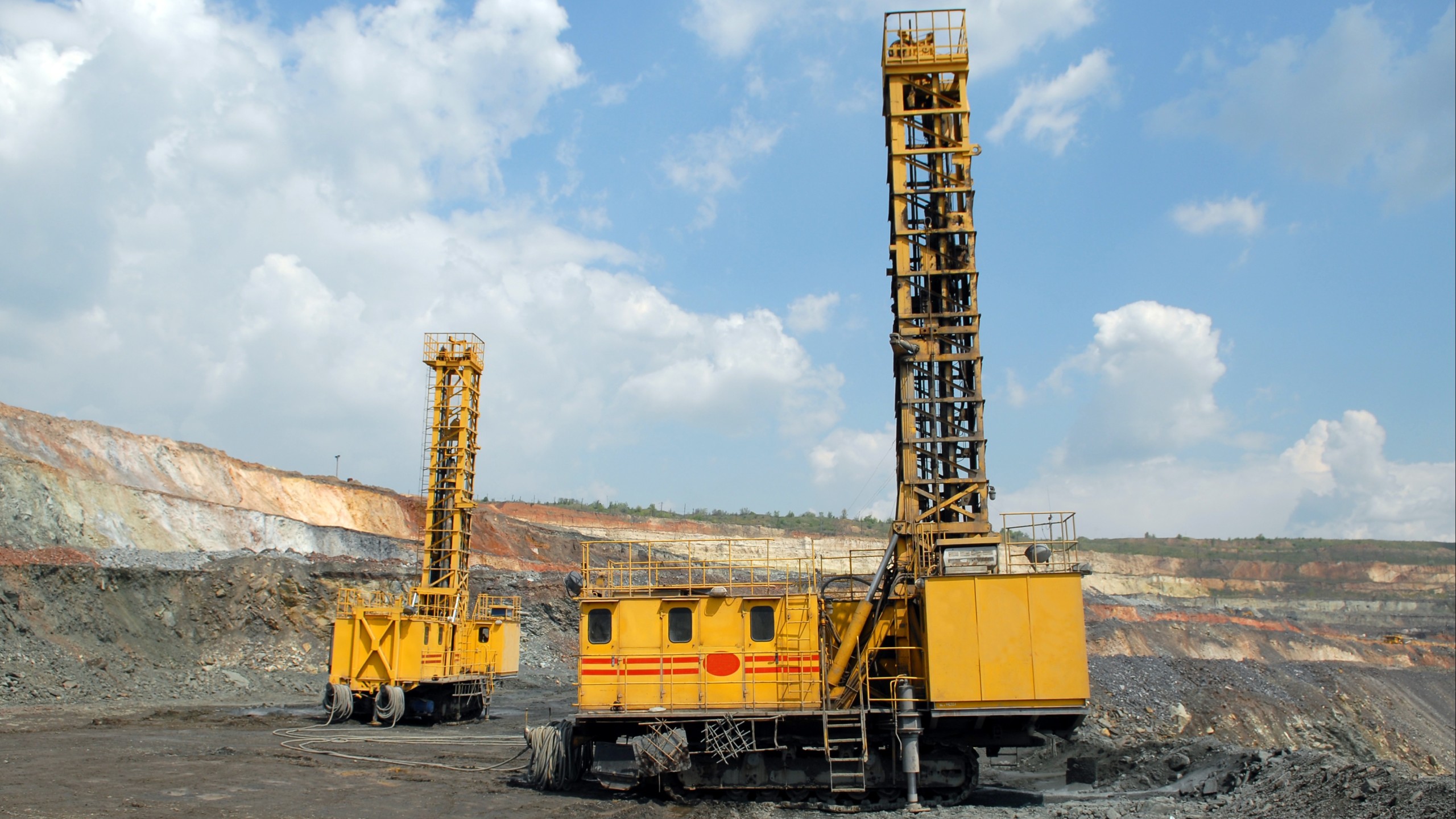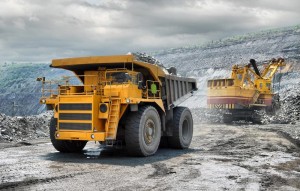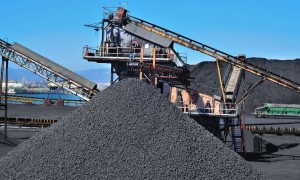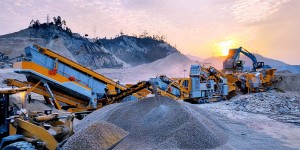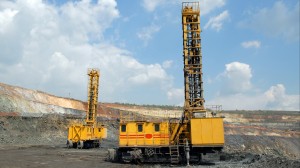Excavator Gears
Excavators are heavy construction equipment used for digging and earthmoving tasks. They rely on various gears to operate their moving parts and perform their functions efficiently. Here are some of the key gears used in excavators:
Swing Gear: Excavators have a rotating platform called the house, which sits on top of the undercarriage. The swing gear allows the house to rotate 360 degrees, enabling the excavator to dig and dump material in any direction.
Travel Gear: Excavators move on tracks or wheels, and the travel gear consists of gears that drive these tracks or wheels. These gears allow the excavator to move forward, backward, and turn.
Bucket Gear: The bucket gear is responsible for controlling the movement of the bucket attachment. It allows the bucket to dig into the ground, scoop up material, and dump it into a truck or pile.
Arm and Boom Gear: Excavators have an arm and boom that extend outward to reach and dig. Gears are used to control the movement of the arm and boom, allowing them to extend, retract, and move up and down.
Hydraulic Pump Gear: Excavators use hydraulic systems to power many of their functions, such as lifting and digging. The hydraulic pump gear is responsible for driving the hydraulic pump, which generates the hydraulic pressure needed to operate these functions.
These gears work together to enable the excavator to perform a wide range of tasks, from digging trenches to demolishing structures. They are crucial components that ensure the excavator operates smoothly and efficiently.
Conveyor Gears
Conveyor gears are essential components of conveyor systems, responsible for transferring power and motion between the motor and the conveyor belt. They help to move materials along the conveyor line efficiently and reliably. Here are some common types of gears used in conveyor systems:
- Drive Gears: Drive gears are connected to the motor shaft and transmit power to the conveyor belt. They are typically larger in size to provide the necessary torque to move the belt. Drive gears can be located at either end of the conveyor or at intermediate points, depending on the conveyor's design.
- Idler Gears: Idler gears support and guide the conveyor belt along its path. They are not connected to a motor but instead rotate freely to reduce friction and support the belt's weight. Idler gears can be flat or have a crowned shape to help center the belt on the conveyor.
- Tensioning Gears: Tensioning gears are used to adjust the tension in the conveyor belt. They are typically located at the tail end of the conveyor and can be adjusted to maintain the proper tension in the belt. Tensioning gears help prevent the belt from slipping or sagging during operation.
- Sprockets and Chains: In some conveyor systems, especially those used for heavy-duty applications, sprockets and chains are used instead of belts. Sprockets are toothed gears that mesh with the chain, providing a positive drive mechanism. Chains are used to transfer power from one sprocket to another, moving the materials along the conveyor.
- Gearboxes: Gearboxes are used to provide the necessary speed reduction or increase between the motor and the conveyor gears. They help match the speed of the motor to the speed required by the conveyor system, ensuring efficient operation.
These gears work together to ensure the smooth and reliable operation of conveyor systems, helping to transport materials efficiently in various industries, including mining, manufacturing, and logistics.
Crusher Gears
Crusher gears are critical components used in crushers, which are heavy-duty machines designed to reduce large rocks into smaller rocks, gravel, or rock dust. Crushers operate by applying mechanical force to break the rocks into smaller pieces, which can then be processed or used for construction purposes. Here are some common types of crusher gears:
Primary Gyratory Crusher Gears: These gears are used in primary gyratory crushers, which are typically used in large mining operations. They are designed to withstand high torque and heavy loads and are crucial for the efficient operation of the crusher.
Cone Crusher Gears: Cone crushers use a rotating cone-shaped mantle that gyrates within a larger bowl to crush rocks between the mantle and the bowl liner. Cone crusher gears are used to transmit power from the electric motor to the eccentric shaft, which drives the mantle.
Jaw Crusher Gears: Jaw crushers use a fixed jaw plate and a moving jaw plate to crush rocks by applying pressure. Jaw crusher gears are used to transmit power from the motor to the eccentric shaft, which moves the jaw plates.
Impact Crusher Gears: Impact crushers use impact force to crush materials. They consist of a rotor with blow bars that strike the material, causing it to break. Impact crusher gears are used to transmit power from the motor to the rotor, allowing it to rotate at high speeds.
Hammer Mill Crusher Gears: Hammer mills use rotating hammers to crush and pulverize materials. Hammer mill crusher gears are used to transmit power from the motor to the rotor, allowing the hammers to strike the material and break it into smaller pieces.
These crusher gears are designed to withstand high loads and harsh operating conditions, making them crucial components for the efficient operation of crushers in mining, construction, and other industries. Regular maintenance and inspection of crusher gears are essential to ensure their proper functioning and prevent costly downtime.
Drilling gears
Drilling gears are essential components used in drilling equipment to extract natural resources such as oil, gas, and minerals from the earth. These gears play a crucial role in the drilling process by transmitting power and torque to the drill bit, allowing it to penetrate the earth's surface. Here are some common types of drilling gears:
Rotary Table Gear: The rotary table gear is used to rotate the drill string, which consists of the drill pipe, drill collars, and drill bit. It is typically located on the rig floor and is powered by a motor. The rotary table gear transmits power to the kelly, which is connected to the top of the drill string, causing it to rotate and turn the drill bit.
Top Drive Gear: The top drive gear is an alternative to the rotary table gear and is located on the derrick or mast of the drilling rig. It is used to rotate the drill string and provides a more efficient and flexible way to drill, especially in horizontal and directional drilling applications.
Drawworks Gear: The drawworks gear is used to control the raising and lowering of the drill string into the wellbore. It is powered by a motor and is connected to the drilling line, which is wound around a drum. The drawworks gear provides the necessary hoisting power to lift and lower the drill string.
Mud Pump Gear: The mud pump gear is used to pump drilling fluid, or mud, into the wellbore to cool and lubricate the drill bit, carry rock cuttings to the surface, and maintain pressure in the wellbore. The mud pump gear is powered by a motor and is connected to the mud pump, which pressurizes the drilling fluid.
Hoisting Gear: The hoisting gear is used to raise and lower the drill string and other equipment into the wellbore. It consists of a system of pulleys, cables, and winches, and is powered by a motor. The hoisting gear provides the necessary lifting power to move heavy equipment in and out of the wellbore.
These drilling gears are critical components of drilling equipment, and their proper operation is essential for the success of drilling operations. Regular maintenance and inspection of drilling gears are necessary to ensure their safe and efficient operation.





